
Comet C/2022 E3 (ZTF) as observed from Mount Fuji, Japan.
SpaceWeatherGallery.com/Akihiro Yamazaki
For skywatchers, one of the headline attractions of the year is already here, as the brightest comet of 2023 is coming into view. But even after it fades, there will be plenty of meteor showers, a handful of eclipses and lots of other celestial events to witness.
The cosmic show starts with Comet C/2022 E3 (ZTF), which is zooming through the inner solar system right now toward a close pass by Earth on Feb. 1. There’s a good chance during January that the speeding space snowball will brighten enough to be seen with the naked eye. Even if that doesn’t pan out, it’s already a good target to practice spotting with a backyard telescope or binoculars.
Another space rock in our relative neighborhood has a tiny chance of actually impacting Earth, or our atmosphere at least. The asteroid 2016 LP10 has been on astronomers’ radar for several years now. It’s on the European Space Agency’s “risk list” with about a 1-in-9,000 chance of impact on June 10. There’s little reason for concern though, as it’s estimated to be only 4 meters (13 feet) across, which should burn up almost completely before reaching the surface.
More To See in the Sky
- A Comet Zooming Toward Us Could Soon Be Visible With the Naked Eye
- 2023 Quadrantids Meteor Shower Peaks in a Flurry of Fire
- Sun’s Upcoming Peak of Sunspot and Solar Flare Activity Could Set Records
We’re more likely to see actual impacts from the sun’s instability in 2023. Our star will spend the entire year continuing to build toward a maximum in sunspot activity over its roughly 11-year cycle. That peak will likely come around 2025, but already we’ve seen a number of sunspots, which are areas of energetic instability on the sun’s surface with a nasty habit of unleashing solar flares in our direction.
Flares and the coronal mass ejections of charged plasma that often accompany them can interfere with radio signals, satellites and even the electrical grid.
The good news for skywatchers is they also boost auroral activity, making all of 2023 a good time to keep an eye out for those northern and southern lights, especially at higher latitudes.
Shooting stars on schedule
Meteor shower activity follows roughly the same calendar from year to year as Earth drifts through different clouds of cosmic debris once again on our annual trip around the sun. The first major shower comes in April, when the Lyrids peak April 22 and 23. This is the rare shower that’s highly visible from both the Northern and Southern Hemispheres and this year it falls when the moon is mostly dark.
A full or nearly full moon will be more of a problem for the Eta Aquariids the first week of May and the southern Delta Aquariids peaking the final two nights of July. Both these showers can produce bright fireballs and activity that you might be able to catch for several days before and after the peak.
The most famous of all meteor showers, the Perseids, runs for the second half of July and all of August, with a peak the night of Aug. 12 and into the next morning where it may be possible to see up to 100 meteors per hour with minimal interference from the moon.
Stellar 2021 Perseid meteor shower shines in shots from around the world

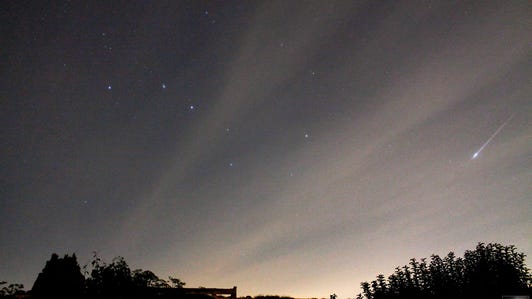

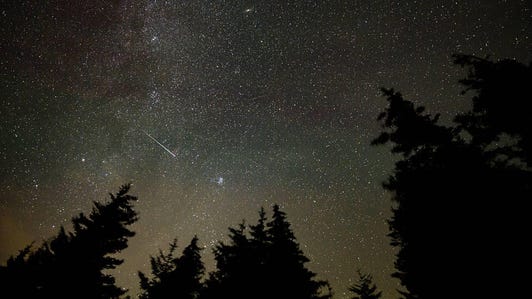


+12 more
See all photos
Other notable showers include the Orionids peaking Oct. 20-21, the Taurids that add more fireballs to the night sky throughout October and November, and the often overlooked Geminids in mid-December that actually produce more meteors per hour than the Perseids during a peak the night of Dec. 13.
4 full supermoons in a row
We typically see a few full moons get supersized each year thanks to a phenomenon known as perigee syzygy, or more commonly: a supermoon. Put simply, sometimes a full moon falls near the moment when the moon is at its closest point to Earth along its elliptical orbit. When this happens, it appears even larger in the sky than usual.
In 2023, we get a quartet of supermoons clustered together on July 3, Aug. 1, Aug. 31 and Sept. 29. Moon-watching pros will observe that the late August supermoon is also a “blue moon,” which has nothing to do with its actual hue, but is just a nickname for the second full moon in a single calendar month.
Supermoon shots from across the globe (pictures)



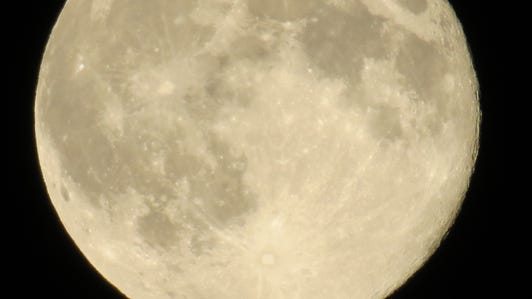

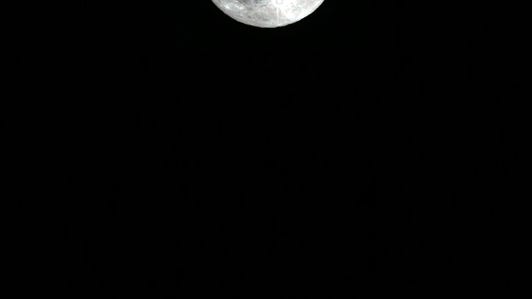
+8 more
See all photos
Global eclipse action, too
This year won’t see a major total solar eclipse like the one that will pass over a significant swath of North America in 2024. But there will be a pair each of solar and lunar eclipses, starting with a total solar eclipse on April 20. Unfortunately, much of the path of totality will fall on the Indian Ocean and sparsely populated far western Australia and southern Indonesia. This is technically a “hybrid” eclipse, which means a slightly wider area may be able to see a partial solar eclipse.
Perhaps more intriguing is an Oct. 14 annular solar eclipse that will be visible from the Southwestern US and parts of Central and South America. This is the type of eclipse in which the moon doesn’t quite cover the entire disk of the sun, resulting in a “ring of fire” effect around the moon in the sky.

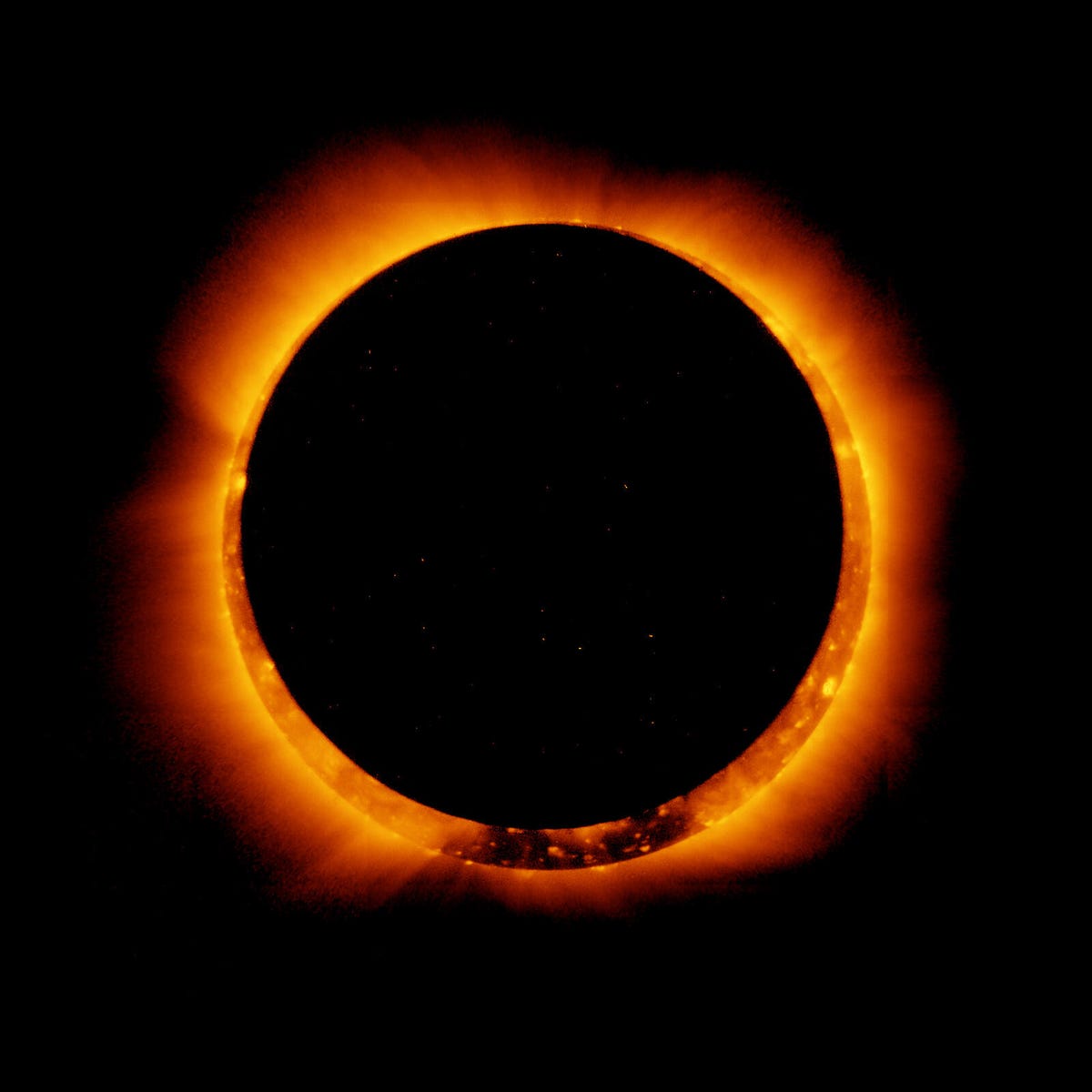
An annular solar eclipse in 2011
NASA
There will also be a pair of lunar eclipses, of a sort. The first is a penumbral lunar eclipse, which actually sees the moon pass through the Earth’s partial shadow, resulting in the moon appearing darkened. This will only be visible from Asia, Australia, parts of Eastern Europe and Africa. We’ll also see a similar effect during a partial lunar eclipse on Oct. 28, visible from all of Europe, Asia, Africa and western Australia.
All in all, while it’s true that there’s more reason to stay inside and binge-watch than ever before, it’s always a good time to simply press pause, step outside and look up.
